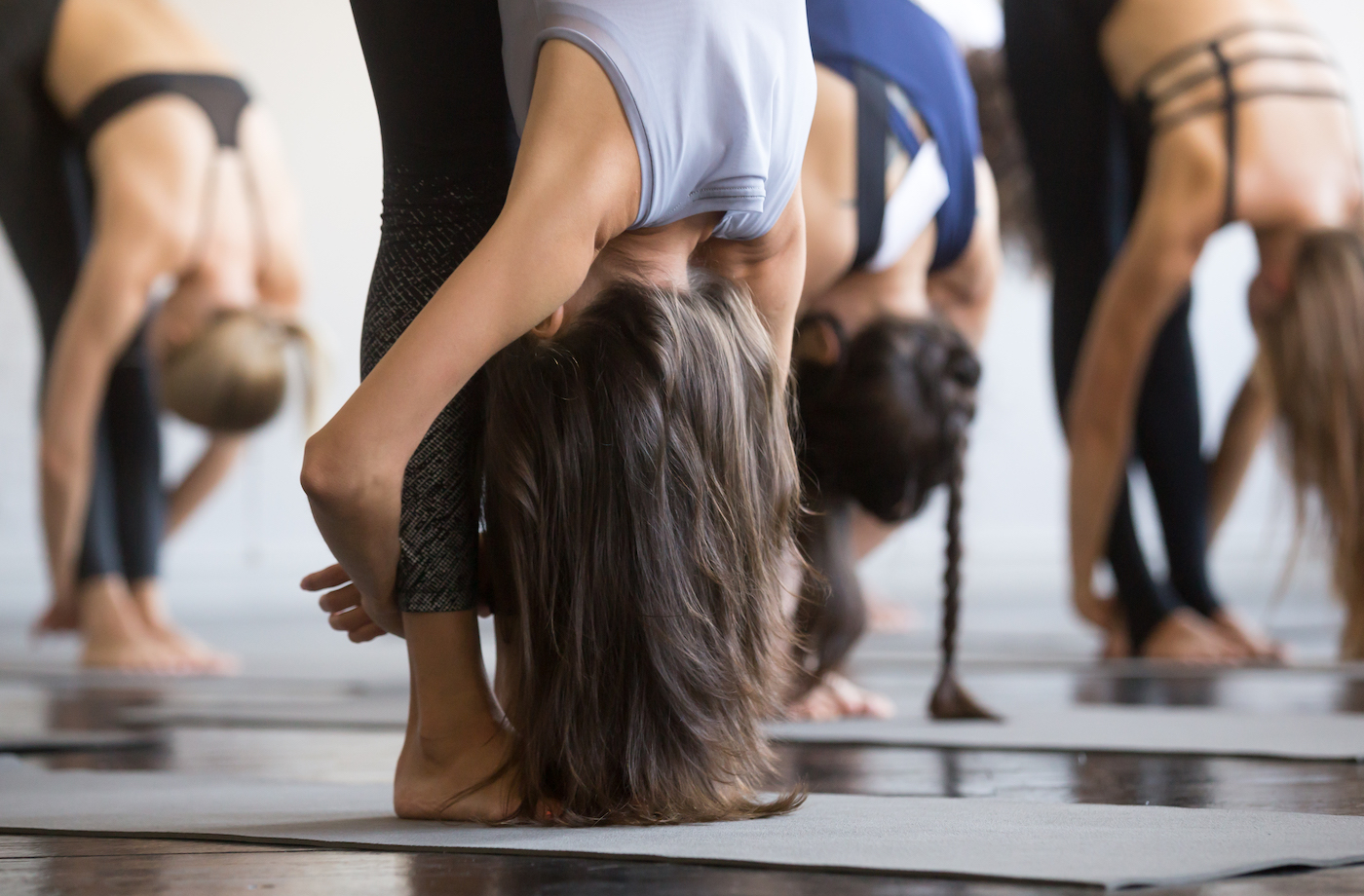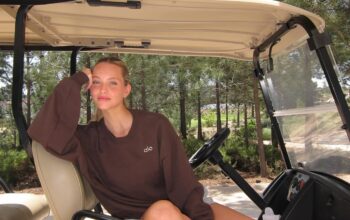
February 24, 2020 at 11:00PM by CWC
The recovery revolution is well underway, and there are about a million (and one) ways to stretch. That’s why ballet dancer Donna Flagg, an instructor at New York’s Broadway Dance Center, sought to create lastics stretching, a method based on “micro-movements” that takes you back to the basics of getting into your body’s tightest nooks and crannies.
“Picture holding a rubber band while it’s slackened between your thumb and index fingers of each hand. This is how your body responds to a stretch—unless you do something else! That’s where micro moves come in,” says Flagg. “Micro moves are small, tiny moves you can make to take the ‘slack’ out of your muscles so you are sure to get the fullest, deepest stretch possible.”
Rather than just throwing your body into a stretch—which, let’s face it, many of us are guilty of doing—Flagg’s technique asks you to really think about the mechanics of the move you’re doing. If you’re doing a forward fold, for example, what makes the stretch happen? “It’s all a matter of learning how to articulate your body in a way that can take a muscle—like the rubber band—and pull one end away from the other. It makes a huge difference in how your body responds to being stretched,” she says.
To be honest, this method is one you really have to feel to believe. So, below, Flagg offers up three ways to start using the lastics stretching technique.
3 lastics stretching micro-moves to relax your body from head to toe
Before you start treating your hamstrings, hips, and quads to lastics stretching, make sure you’re properly warmed up so that you don’t accidentally end up overstretching your muscles. “What happens is, sitting all day can cause the glutes, hamstrings, hip flexors, and low back to weaken. So people want to stretch out those areas, but then they overdo it,” says Heather Peterson, the chief yoga officer at CorePower Yoga.
Your first stretch of the day won’t necessarily be your deepest—and that’s just fine.
Lastics hamstring stretch
- Start standing, bend at your waist and reach for the floor (or touching it if you’re already doing the whole “touching your toes” thing).
- Push down into the floor through the balls of your big toes and flatten the backs of your knees.
- Rock your weight forward into your toes while still keeping heels on the floor and knees straight.
- Pull your nose a little closer to your knees and the top of your head a little closer to the floor. “And when I say ‘a little closer,’ I mean a teensy-weensy bit,” says Flagg. “When you do the second and third micro-moves, you will need to control your knees because they will want to bend.”
Lastics Quad and It band stretch
- Sit with one leg straight out in front of you and bend the other leg so that your knee is pointing forward.
- Walk back and either lean onto your hands, elbows, or lie all the down so that your shoulders are on the floor. “The way to know how far and low you should go is by watching your bent knee. It must stay down on the floor,” says Flagg.
- From that position, squeeze the butt cheek of the bent leg and reach the end of the knee down into the floor.
Repeat on the other side.
LAstics hip stretch
- Sit with the legs crossed at the ankles or calves. “You need to have a hole or triangle of space when you look down at the floor in front of you,” says Flagg.
- Lean forward and either just hang there, or lean on your hands or elbows while keeping everything relaxed.
- Slide one hip back (this should be the one that corresponds to the leg in front), breathe, and then bring it back to center it. Repeat that same pattern two or three times.
Cross your legs the opposite way and repeat on the other side.
Make sure you strengthen your body, too:
If you sit all day long, consider this your ultimate stretching guide. And when you’re stretching your hamstrings, here’s exactly what not to do.
Author Kells McPhillips | Well and Good
Selected by CWC

ADVERTISEMENT
ADVERTISEMENTUp to 30% off Gift Sets |








